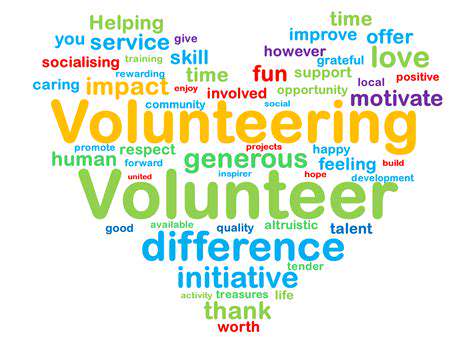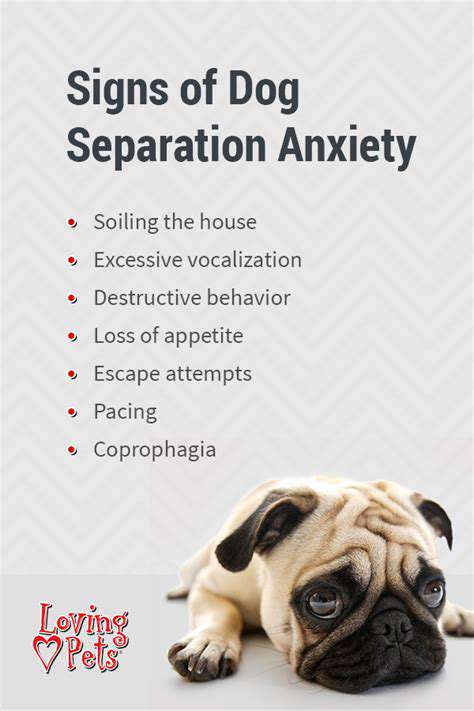My Experience Adopting a Formerly Feral Cat
Initial Impressions
The moment I walked into the shelter, a symphony of nervous whimpers and the soft shuffle of bedding filled the air. Dozens of eyes locked onto me—some wide with fear, others dull with resignation. That raw vulnerability hit me like a physical force, making my throat tighten. Row after row of cages held lives suspended in limbo, each face telling a silent story of abandonment or loss. I had to pause to steady my breathing, unprepared for the visceral reaction this sea of forgotten souls would trigger.
The Search for a Connection
Choosing wasn't a logical process—it was something far more primal. The black kitten pressing itself into the corner of its litter box, the three-legged beagle enthusiastically licking anyone within range, the elderly tabby ignoring us all with regal disdain—they weren't just animals needing homes. They were personalities, survivors, each radiating distinct energy. I found myself drawn to particular ones not by their appearance, but by some unnameable pull—a tilt of the head, a certain way of meeting my gaze that whispered try me.
First Encounters and Interactions
My first attempts at contact were clumsy dances of advance and retreat. A hand extended too quickly made the brindle terrier recoil; standing too tall caused the gray kitten to freeze. I learned to crouch sideways, to let them sniff my closed fist before attempting strokes. The magic moment always came when they initiated contact—that tentative head bump against my knee or the sudden weight of a chin resting on my shoe. Those were the breakthroughs that mattered.
Understanding Their Needs
The shelter staff became my translators, decoding behaviors I misread. That pacing shepherd wasn't hyper—she'd been surrendered after her owner died and was desperate for structure. The hissing orange tom wasn't aggressive; he was overstimulated after months in a cage. I began seeing the animals not as problems to solve, but as individuals with histories shaping their reactions. The shivering chihuahua needed quiet reassurance, while the lab mix required vigorous play to burn off anxiety.
Adapting to New Environments
Transition periods revealed startling contrasts. Some animals blossomed immediately—the scrawny tabby who claimed my lap within hours, the hound who fell asleep belly-up on my rug. Others showed their stress in heartbreaking ways: the collie who circled for hours, the kitten who hid behind the toilet for days. What surprised me most was how their adjustment mirrored human grief—denial, anger, gradual acceptance. I learned to measure progress in tiny victories—a meal finished, five minutes of eye contact, a single toy batted across the floor.
The Joy of Acceptance and Love
Then came the transformations that still bring tears to my eyes. The day the trembling pug finally wagged his tail. When the feral kitten first purred during brushing. Nothing prepares you for the privilege of witnessing a creature decide to trust again. Their eyes changed first—the guarded suspicion melting into something softer. Then their bodies relaxed, until one morning you realize they're greeting you with full-body wiggles instead of cowering. That transition from survival mode to joyful living is the closest thing to magic I've ever seen.

Head injuries often result in noticeable bumps, even from minor impacts. The body's natural inflammatory response causes swelling at trauma sites, creating those characteristic lumps we've all felt after bumping our heads. Children are particularly prone to these during play or sports activities.

A Lasting Bond: A Journey of Love and Growth

A Deepening Connection
Real connection doesn't happen in grand gestures—it's woven through countless ordinary moments. The way they learn your coffee order before you speak it. How they notice when you're fighting a headache and dim the lights without being asked. True intimacy lives in these tiny recognitions, these unspoken acts of mutual understanding. It's astonishing how profoundly you can know someone—their tells when they're lying, their specific sigh meaning exhaustion versus frustration—yet still discover new layers years later.
Understanding the Dynamics
Every relationship develops its own unique ecosystem. Ours thrived on debate—heated discussions about books or ethics that left us energized rather than angry. Others find harmony in shared silence or collaborative projects. The key isn't copying some ideal dynamic, but honoring what actually feeds your particular connection. We learned to lean into our natural rhythm: her need for processing time before difficult conversations, my tendency to problem-solve aloud even when she just needed venting.
The Importance of Communication
We developed our own shorthand over time—phrases that carried layered meanings only we understood. I'm doing the thing again meant I was overanalyzing; turtle mode signaled her need to withdraw temporarily. The breakthrough came when we stopped assuming mind-reading was possible. Now we say the quiet parts out loud: I need reassurance, not solutions or This is about my baggage, not your actions. It's astonishing how many fights never happen when you learn to articulate the subtext.
Nurturing Trust and Intimacy
Trust isn't built in grand declarations—it's the cumulative effect of a thousand small reliabilities. Showing up exactly when you said you would. Remembering their allergy without being reminded. The real magic happens in vulnerable moments: when you share that embarrassing childhood memory and they treasure it rather than mocking it. Our deepest intimacy grew from these exchanges—her confessing her fear of failure, me admitting my imposter syndrome. Each confession became a brick in something sturdier.
Navigating Challenges Together
The real test came during her father's illness. Grief reshaped her in ways neither of us anticipated—sudden anger, withdrawal, an inability to make simple decisions. We learned that supporting someone doesn't mean fixing their pain, but being present within it. Sometimes love looks like sitting silently in hospital corridors, or taking over household tasks without discussion, or accepting that fine is the most honest answer they can muster today.
Maintaining the Spark
After fifteen years, we've discovered passion isn't a flame to preserve, but a fire to continually rekindle. It means surprising each other—a single rose left on the dashboard, a playlist of songs from our early dating days. The spark lives in curiosity: asking what if we tried... about everything from travel destinations to sexual fantasies. Most importantly, we've learned to appreciate the quiet embers—the comfort of shared routines, the pleasure of knowing someone so deeply you can anticipate their needs before they do.
Read more about My Experience Adopting a Formerly Feral Cat
Hot Recommendations
- Review: [Specific Brand] Small Animal Cage
- Why Rescuing Pets Saves Lives
- Best Pet First Aid Kits [What to Include]
- How to Help Stray Animals in Your Community
- Guide to Adopting a Pet When You Have Kids
- Top Reptile Heat Lamps
- Heartwarming Rescue Stories That Will Inspire You
- Review: [Specific Brand] Bird Cage
- Best Aquarium Filters [2025 Review]
- Review: [Specific Brand] Smart Litter Box





![A Day in the Life of My [Pet's Name]](/static/images/33/2025-05/BreakfastofChampions28or2CatLeast2CofChampions-SizedTreats293A.jpg)
![Best Pet Strollers [For Seniors or Injured Pets]](/static/images/33/2025-05/ImportantConsiderationsBeforePurchase.jpg)



![My Experience Rescuing a Small Animal [Story]](/static/images/33/2025-05/AJourneyHomeandCaringfortheTinyTraveler.jpg)
